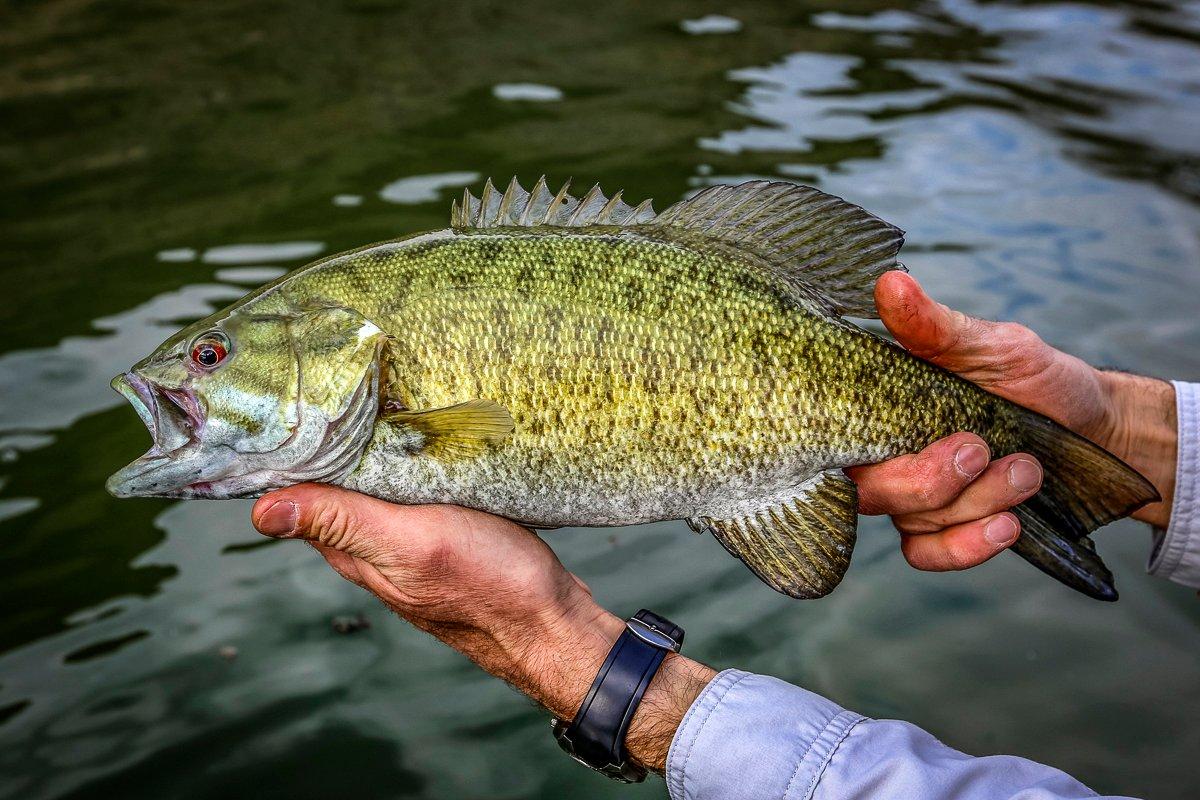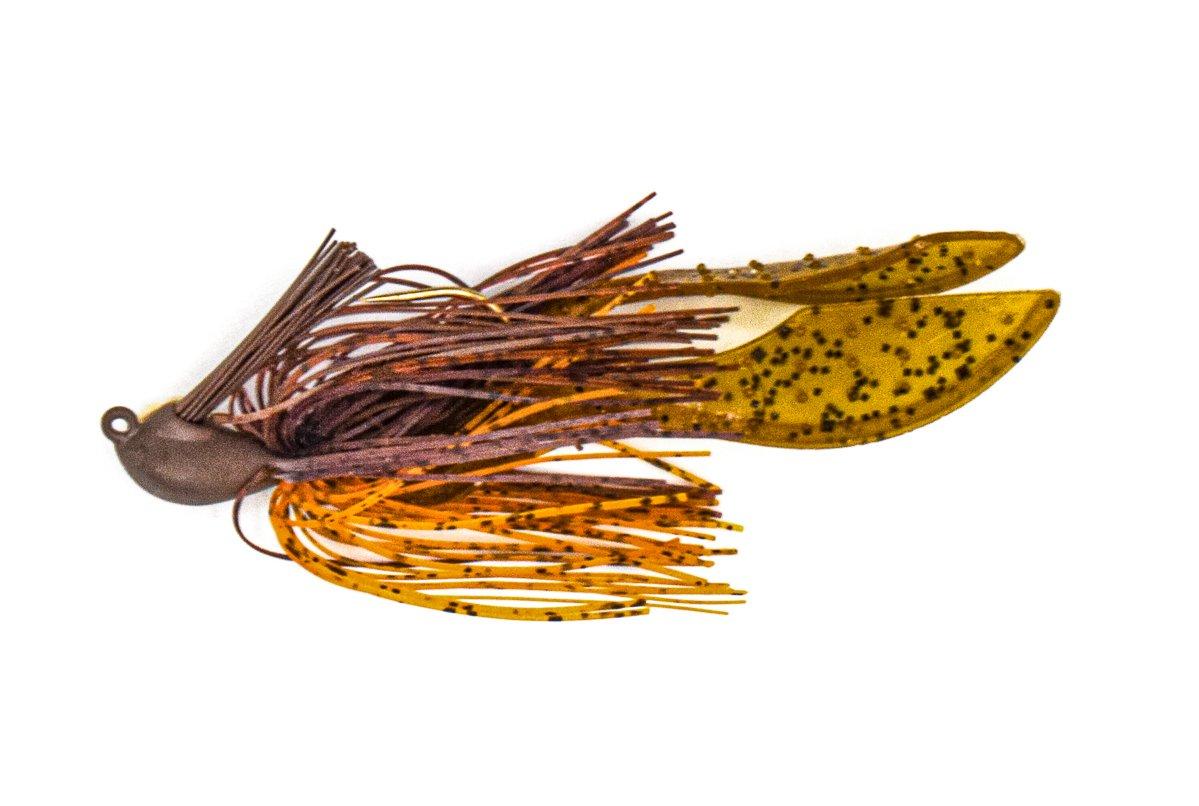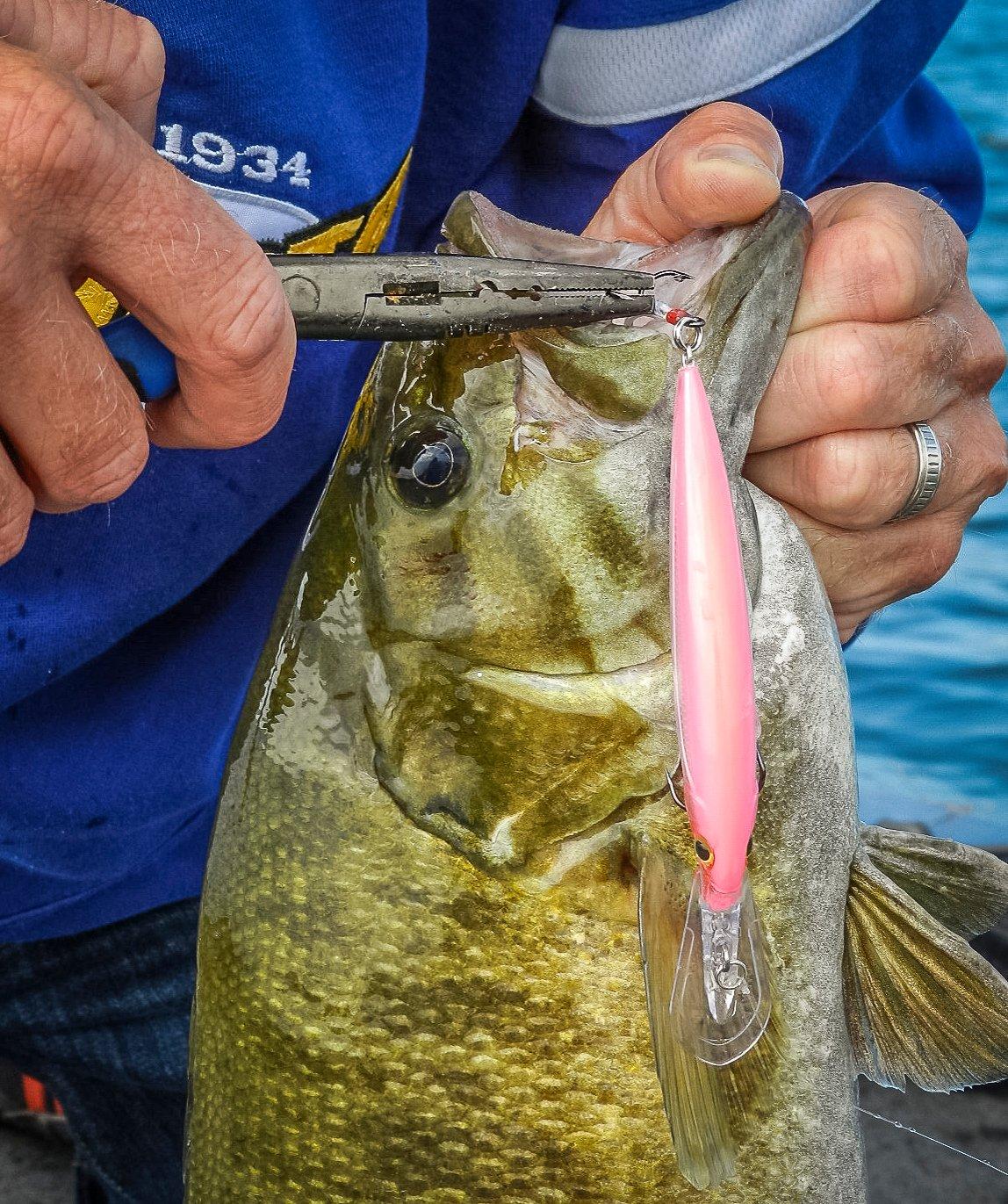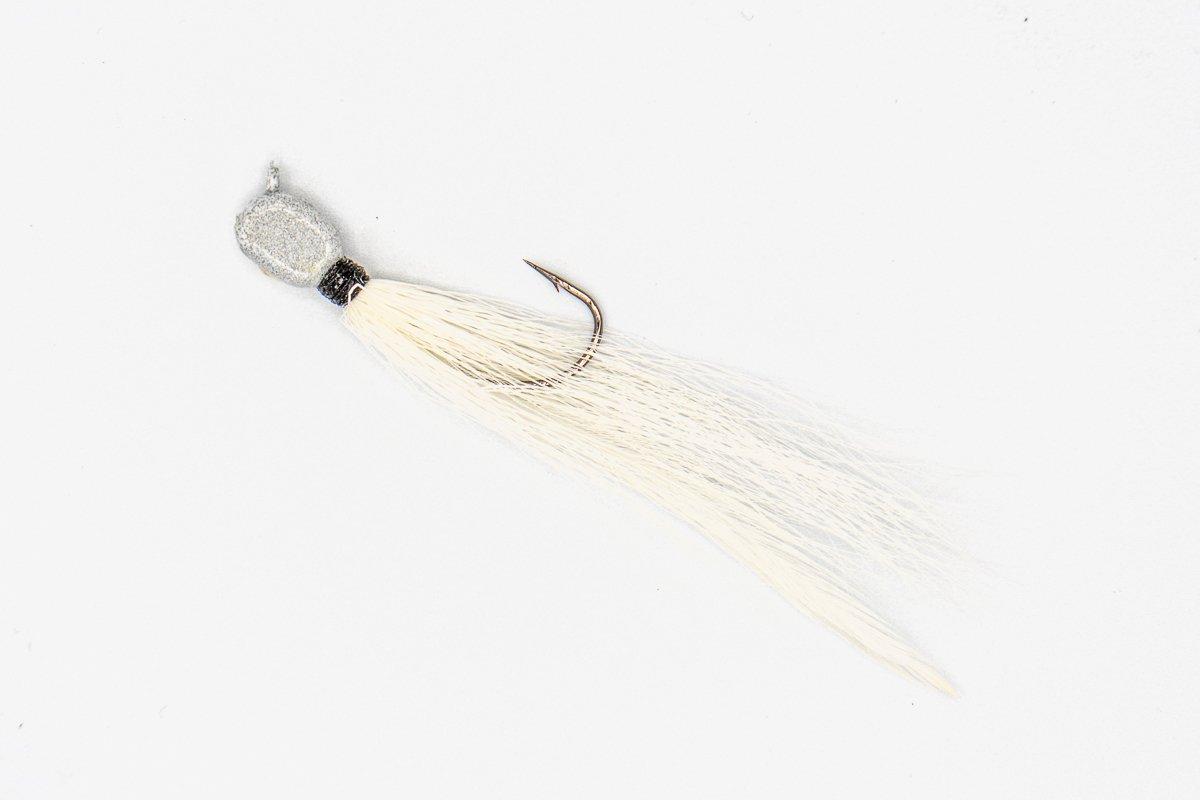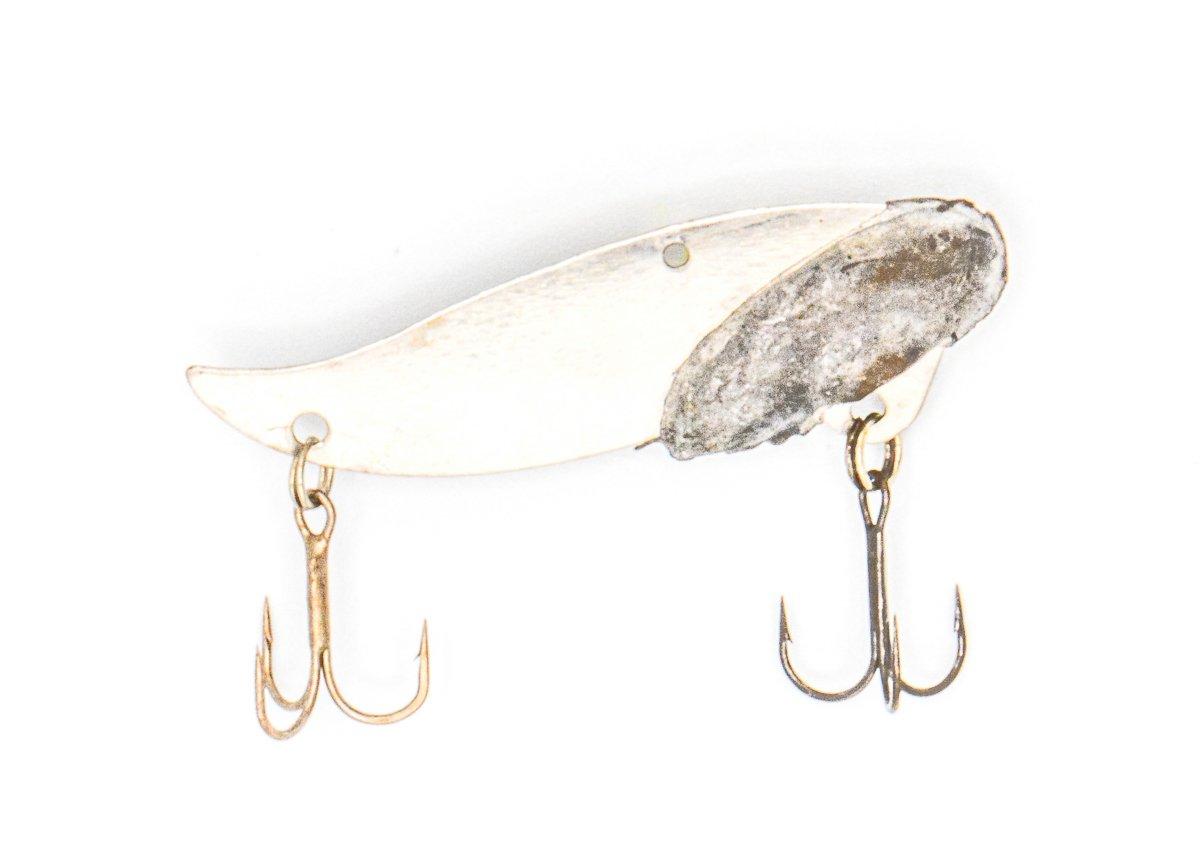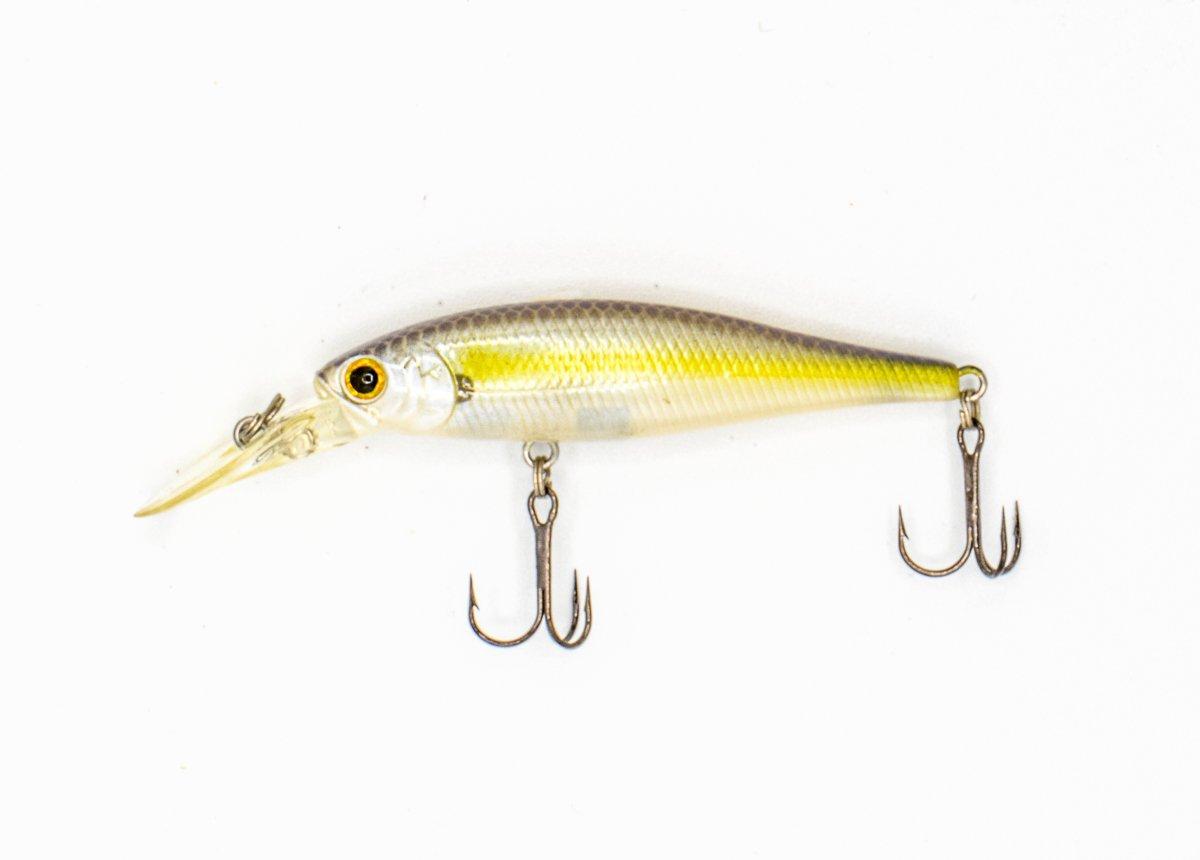As a kid, we fished for largemouth bass in the summer. We’d catch the lion’s share of them around weed beds and shady docks. But every now and then I’d wake up early enough to tag along with the grownups to go smallmouth fishing. In the summer, our resident brown bass didn’t make many appearances after 8 a.m. But I can remember the sage advice from my mentors back then. Just wait until October, they’d say. That’s when the smallmouths really move in.
And they were right. Fall smallmouth trips were special times.
And they were right. Fall smallmouth trips were special times. Much of fishing remains a mystery to a youngster, and it’s the unknown factor that makes a great selling point. Now, as a more seasoned angler, I realize the smallmouth were there all along — just not in areas where we’d cross paths.
(Don’t Miss: The 3 Biggest Catfish Ever Caught)
But I also still believe in the power of autumn. I’ve fished for smallmouths all across the country and have found one solid rule: the colder it gets in the fall, the better they bite. Whether it’s water temps dropping to the 50s in Tennessee or ice forming on the Great Lakes, the decline in water temperature triggers a feeding spree among smallmouth bass.
Winter can be tough, and to survive and thrive, bass must put on as much weight as possible beforehand. In fact, studies have found that successful springtime spawns within smallmouth populations are often dependent on the previous fall’s feed.
Regardless, the fish are ready to eat, and we’re ready to be a part of that. We just need to get in the right areas.
(Don’t Miss: Is It OK to Eat Bass?)
Table of Contents
Tactic One: Shallow Rocks
Let’s start with the easiest and most obvious. Around much of the North, especially on bodies of water with a mix of rocks and vegetation, smallmouth bass are drawn to specific hard structures. Water temperatures are dropping, grass beds are dying off, and the remaining rocky areas attract solid food items like crawfish and perch. At times, a single large rock may hold a bruiser worthy of personal-best status. One of my largest bass, a fish eclipsing 7 pounds, came in this very scenario on a cold November day on New York’s Chautauqua Lake.
Here, it’s imperative to find the sweet spot. Big smallmouths are masters of their domain, and they know the best hunting grounds. Transitions, like where rocks meet sand or sand meets grass, are always best. Side-imaging depth-finders help, but many of these spots can be seen with a good pair of sunglasses on a nice day. Line up and make accurate casts, and repeat them — exactly – once fish are located.
It’s tough to beat a jig and plastic in this scenario. The best smallmouth options are a little lighter (around ¼ ounce) and more streamlined than a standard flipping jig. Stick to blacks and browns, and fish them on a long rod and 12-pound fluorocarbon. On particularly cold days, afternoons are best, once the rocks warm surrounding waters.
(Buy Alert: Gray Bass Long Sleeve Tee)
Tactic Two: Long Points
Across the Southeast, everything revolves around baitfish. Large shad schools tighten up and begin migrating to major creek arms on the country’s biggest reservoirs. Not surprisingly, bass follow. While largemouth bass have a reputation for getting in the skinniest of water, smallmouths in the same system usually remain in mid-depth, main lake areas. More comfortable as pack feeders than lone ambushers, smallmouths prefer to work schools of baitfish in groups.
Large points are great places to find these roving bands of bass. They key here is to first locate baitfish. Location will depend on the stage of the game: main lake in early fall, large creeks later on. Regardless, find the bait and you’ll find the bass. Look for large points with vast flats on top, and fish there early in the day with topwater baits. Nothing beats a walking bait for smallmouths. As the day progresses, bass will often move off the sides of points, especially if a creek channel intersects. If rocky or wood structure coincides, all the better. Deeper fish can be caught on cranks, jerkbaits, grubs and drop-shots. Occasionally, the topwater bite lasts all day. Remember to stay by the bait.
(Don’t Miss: Why You Suck at Throwing a Baitcaster)
Tactic Three: Bluff Banks
Our third strategy mimics the second. However, here, we want to find a place where schools of bass can pin baitfish. This is an incredible fishing opportunity when it presents itself. On many lakes with steep, bluff shorelines, smallmouths will hold on small shelves and rock piles waiting for baitfish to blow in. When that happens, the bass go berserk and massacre the minnows right up against the wall.
Again, it’s imperative to first find the baitfish, then find areas where wind or current will blow them against the bank. Even areas with strong winds producing noticeable waves against a bluff bank are still in play. Occasionally, a large sea-wall or the face of a dam will suffice. In any case, we’re looking for places where baitfish are being disoriented and facing a large object.
These spots are often snaggy, so a cast-and-retrieve bait is better than a bottom-bouncer. Swimbaits on a heavy jighead are great. Big bladed spinnerbaits come on strong once the water clouds up from wave action. At times, a Rat-L-Trap is all you need. Remember, this is an all-or-nothing method, so you’ll know right away if it’s working.
(Buy Alert: Red Fish Long Sleeve Tee)
Tactic Four: Great Lakes Basins
The big brown bass of the Great Lakes are a different breed. Sure, some come shallow in fall, but most stay deep and move deeper. In twenty-plus years of fishing the big waters, autumn was never underrated. Start your search where the best summer fishing occurred, and move deeper. Bass from adjacent structures will eventually meet up in one special area. Years ago, I coined these places Basin Zones, where the outside edges of summer structure meet vast, open water basins. On Lake St. Clair, this is often 18 feet of water; on Ontario is may be 50.
What we’re looking for here is the last piece of structure before the bottom drops to never-never land. Don’t begin casting until you mark significant numbers of fish. We’re looking for the motherlode here. The best presentations will be efficient deep-water methods. Drop-shot plastics remain number one, followed by metal blade baits and spoons. Underspins are becoming popular, as are solid-body swimbaits on jigheads weighing 3/4 ounce. The key is to get a bait down, even in the rough seas associated with fall fishing up north. Once you find them, the fish will do the rest.
(Don’t Miss: The Best Postspawn Crappie Fishing Tactics)
Tactic Five: Flats in the Desert
A quick review of recent smallmouth action reveals new fisheries in the West are coming on strong. Lakes like Havasu and Mead are producing eye-opening catches. Here, tactics mimic those of other parts of the country, with a desert twist. Clear waters and large striper populations put baitfish on high alert. When looking for smallmouths, sometimes the best play is to first find the stripers.
Striped bass are efficient open-water predators, likely due to their saltwater roots. Other species, notably largemouth and smallmouth bass, often feed in and around schools of stripers. Picking up the scraps can make for a good life.
Look for feeding action around shallow points and rocky flats. There, fish jerk baits and topwaters with a brisk, aggressive retrieve. If your catch includes nothing but stripers, slow down with a white hair jig fished in and around the school. Mike Guerra — an old friend living and fishing in Vegas — jigs a white hair jig around striper schools until temps cool to jacket weather, and he has some of his best smallmouth days when everyone thinks he’s striper fishing.
Sorry to let the cat out of the bag, Mike.
(Don’t Miss: Hundreds of Sharks Congregate in West Florida Canals)






































